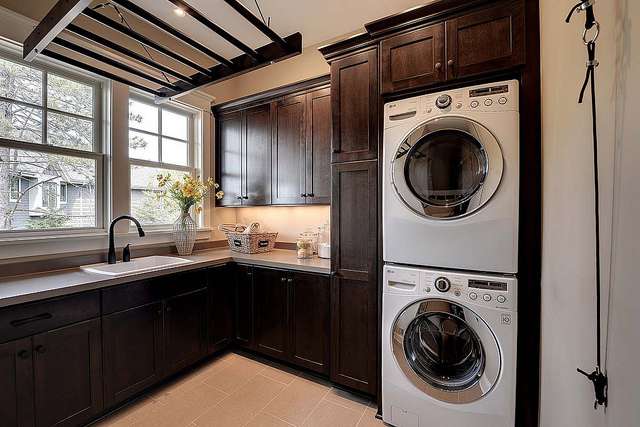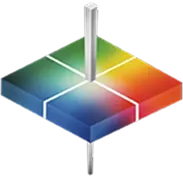
Interior designers typically match the color of kitchen appliances in order to make a kitchen appear more cohesive. Image Source: Pixnio
A few years ago, an appliance manufacturer sent out a shipment of color-coordinated washers and dryers to a major retailer. But when the shipment of products arrived, the retailer noticed a serious problem: the appliance pairs didn’t appear to be the same color at all. This complaint puzzled the manufacturer; they had visually assessed their products carefully during manufacturing and found that each pair of appliances was perfectly color-coordinated. So why did the retailer see a clear difference in color between the washers and the dryers?
It turns out that neither the manufacturer nor the retailer was entirely wrong in their visual color assessments. The manufacturer was assessing the color of the washers and dryers under incandescent lighting, while the retailer was looking at the products under the store’s fluorescent lighting. In incandescent lighting conditions, the products appeared perfectly matched, but under fluorescent lighting, they appeared to be two completely different colors. This phenomenon is called metamerism, and it’s a common challenge for appliance manufacturers.
Metamerism occurs when two different colors appear to be the same under certain lighting conditions and not the same in others. When you’re trying to color-coordinate household appliances, metamerism can be frustrating and potentially costly; if you fail to identify the phenomenon during manufacturing, you may end up shipping mismatched products to your customers or having to repaint or recoat all of your products.
Thankfully, there is a simple solution to this problem. By using a spectrophotometer that is capable of measuring color reliably and accurately, you can easily detect metamerism before products reach customers and even before products enter mass manufacturing. Spectrophotometers use advanced spectral analysis to calculate the exact color of a product under different lighting conditions, offering you a truly accurate measurement for every color-coordinated appliance in your line.

Under certain lighting conditions, a washer and dryer might appear to be the same color, even if they are actually different. Image Source: Flickr user Christian Brothers



